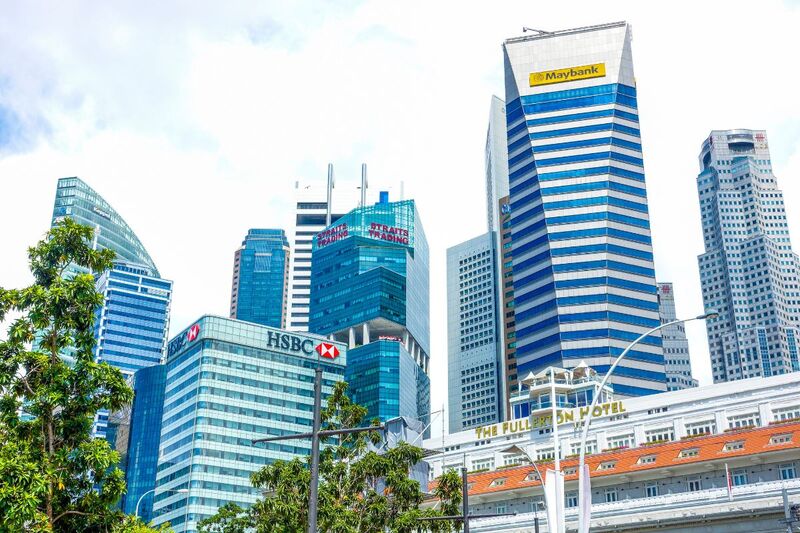Heightened Labour Shortage: Older workers are retiring and they may not return to the workforce

Singapore F&B restaurant owners have been grappling with a manpower crunch despite MOM’s call to tap on “housewives and retirees”. However, many of the restaurant owners noted that F&B is usually the last option due to” long hours on your feet, working weekends” with a “high risk of getting COVID”.
Older workers retiring and not returning to the workforce is also part of the Grey resignation.
In the US, close to 70% of 5 million people who left work during the pandemic were older than 55. In the UK, the employment rate of those over the 50s fell by double that of those aged between 25 and 49 years in 2020. At first glance, this may be a welcome sign for younger workers to make their way past the job hogging baby boomers. However, for employers and workers, the big picture is far from ideal as the grey resignation signals a reversal of an important pre-covid 19 trend towards older workers. In the US, the percentage of workers aged 55 and above rose from 13 percent in 2000 to 24 percent in 2019, similar to most other countries.
Governments wanted older workers in the workforce and they increased retirement ages to address the concern that a shrinking share of younger workers would have to support a larger aging population. Since these workers were aware of their replaceability, they agreed to less than ideal working conditions and hours. However, now the tide has turned.
The loss of mature, experienced workers can hit a business hard with a “skills drain”. Therefore, companies need to think more about attracting and retaining these workers. One way is to allow a continuation of the autonomy granted to workers during the pandemic. More freedom and flexibility are the way to go.
What can your company do to attract and retain older workers to resolve the labour crunch issue?






